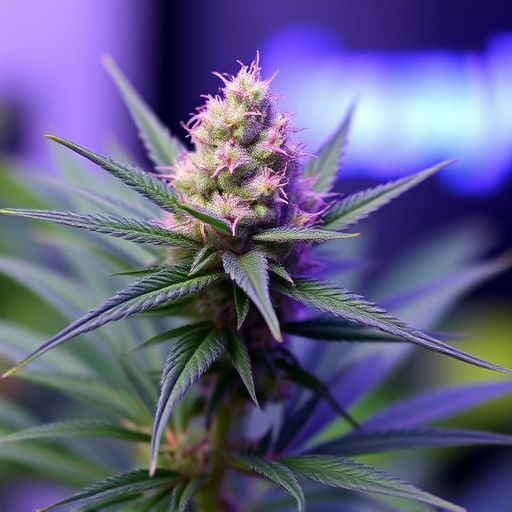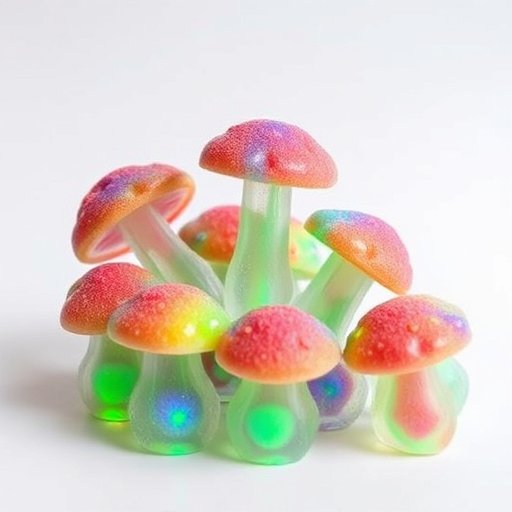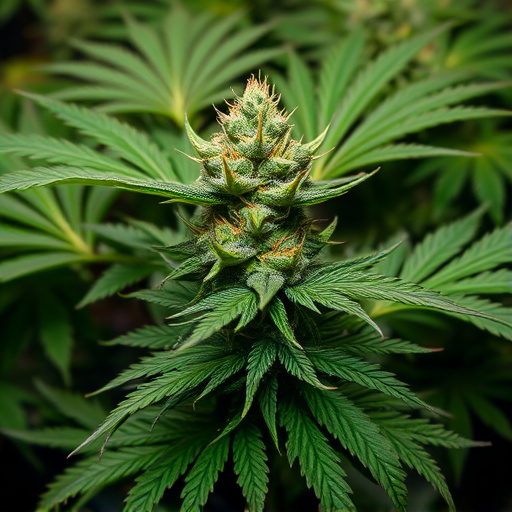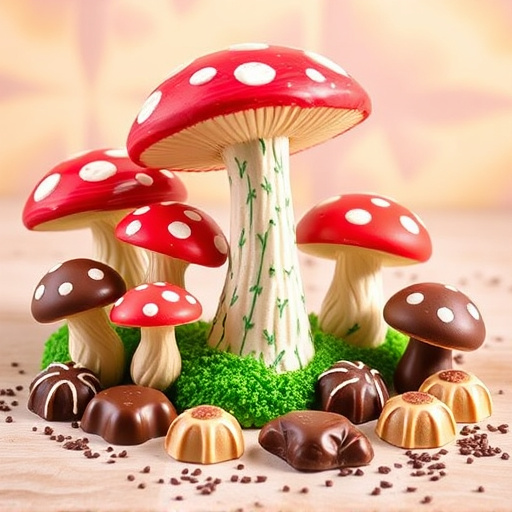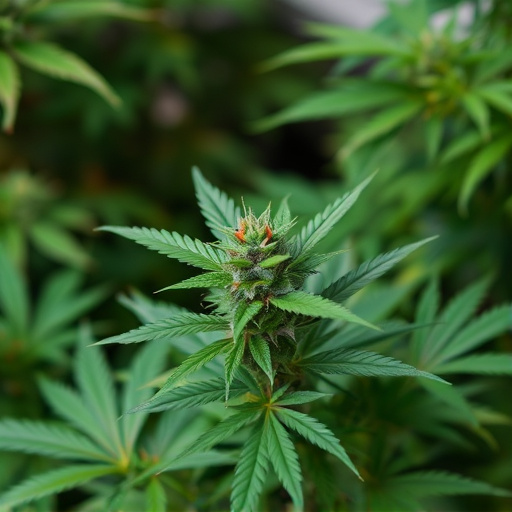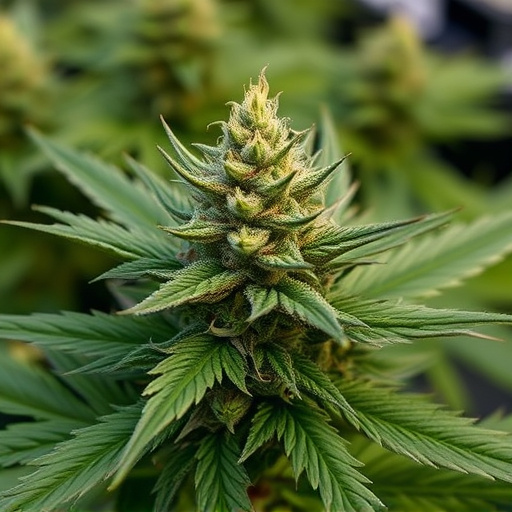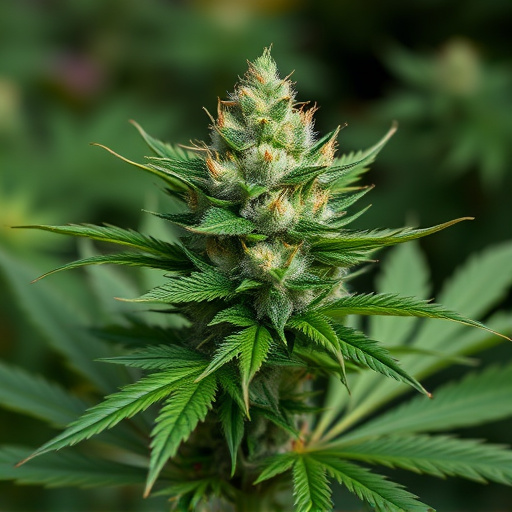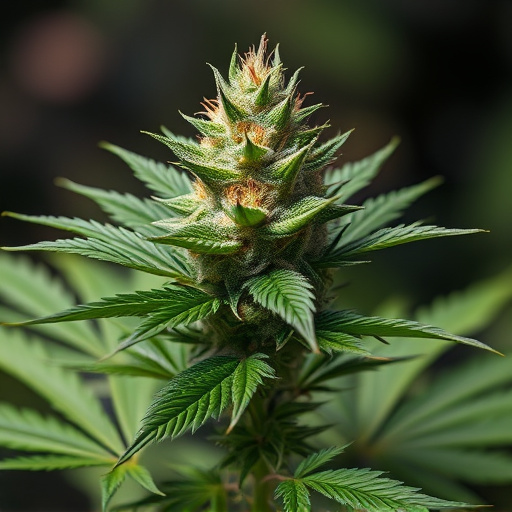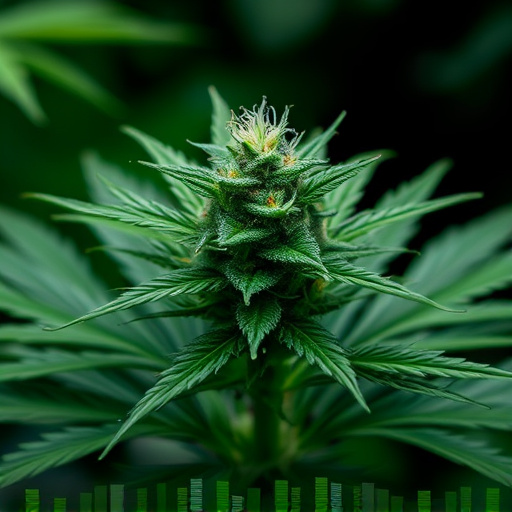Cannabis's ability to stimulate appetite is due to a complex interplay between terpenes and cannabinoids, especially in its most potent strains. THC binds to brain receptors regulating hunger, while CBD amplifies this effect. Terpenes, contributing to the plant's aroma, also influence hunger via the endocannabinoid system. The synergistic interaction between these compounds enhances both sensory experience and potential increased hunger. Popular, high-THC strains like "Blue Dream" and "Granddaddy Purple" are sought for their relaxing yet energizing effects on appetite, transforming meals into pleasurable events. Understanding these strains' unique chemical compositions is key to unlocking their appetite-boosting potential.
Cannabis flower’s ability to stimulate appetite has left many curious, especially those looking to enhance their eating experiences. This article delves into the science behind why cannabis can make you hungry, exploring the complex relationship between terpenes, cannabinoids, and hunger. We uncover the specific compounds responsible for this effect and highlight the most potent strains known for their appetite-stimulating properties. By understanding these factors, users can navigate the market to find varieties that cater to their dietary desires.
- Understanding the Cannabis-Hunger Connection
- The Role of Terpenes and Cannabinoids
- Exploring the Most Potent Strains for Appetite Stimulation
Understanding the Cannabis-Hunger Connection
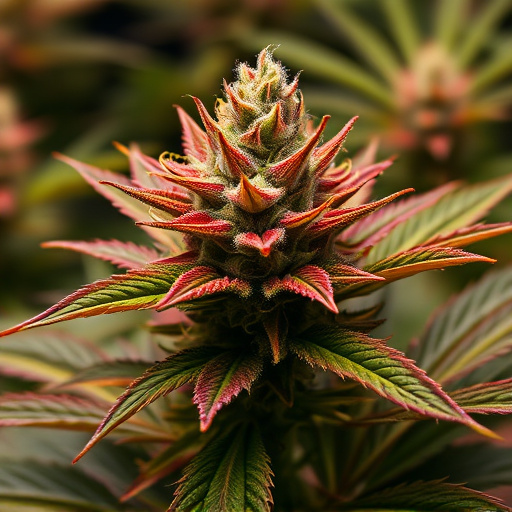
Cannabis has long been known for its appetite-stimulating effects, often leaving users craving snacks or meals after consumption. Understanding this connection between cannabis and hunger involves delving into the plant’s unique chemistry and how it interacts with our bodies. One of the key players here is THC (tetrahydrocannabinol), the primary psychoactive compound in cannabis, particularly in the most potent strains. THC binds to receptors in our brain that regulate appetite, leading to increased hunger sensations.
This effect is further enhanced by another compound, cannabidiol (CBD), which has gained significant attention for its potential therapeutic benefits. While CBD alone may not induce hunger directly, it can potentiate the appetite-stimulating effects of THC, especially when consumed together in certain strains known for their high THC and CBD concentrations. Thus, the combination of these compounds in the most potent cannabis strains contributes to the well-known hunger pangs users experience after consumption.
The Role of Terpenes and Cannabinoids
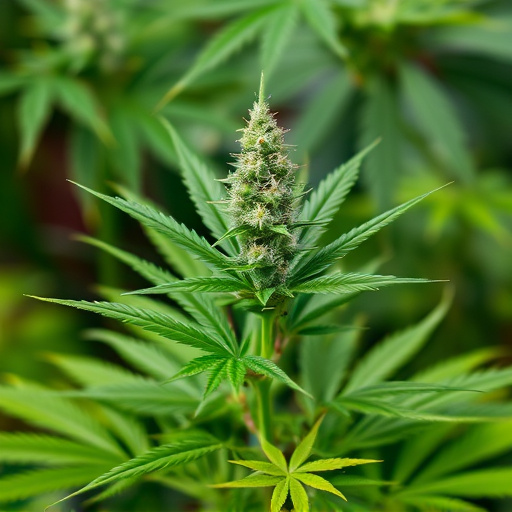
Cannabis flower’s effect on appetite is a complex interplay between various chemical compounds, with terpenes and cannabinoids playing key roles. Terpenes, known for their aromatic properties, also influence the plant’s overall profile and effects. Some terpenes, like myrcene, have been linked to increased hunger and cravings due to their ability to interact with the endocannabinoid system, which regulates appetite and other bodily functions.
Cannabinoids, particularly tetrahydrocannabinol (THC) found in most potent strains of cannabis, are also significant contributors. THC binds to cannabinoid receptors in the brain, triggering a cascade of events that can stimulate the appetite. This is why users often experience increased hunger or “the munchies” after consuming cannabis. The combination of terpenes and cannabinoids creates a synergistic effect, enhancing the overall sensory experience and potentially amplifying the hunger-inducing properties of the plant.
Exploring the Most Potent Strains for Appetite Stimulation
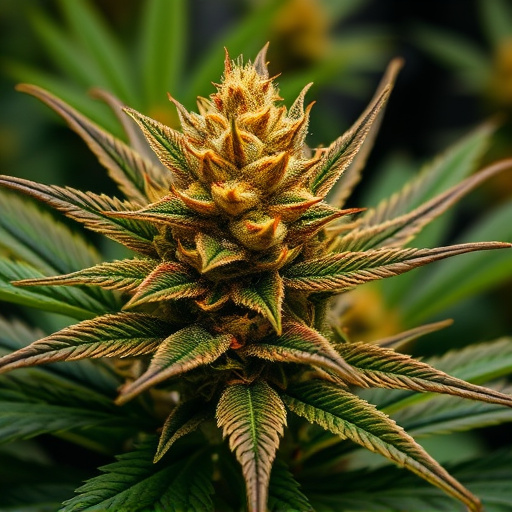
When it comes to exploring the most potent strains for appetite stimulation, several varieties stand out due to their high levels of specific cannabinoids like THC and terpenes known to enhance hunger. Strains with a balance of Indica and Sativa genetics are often sought after, as they offer a relaxing yet energizing effect that can make eating more appealing. For example, the popular “Blue Dream” is renowned for its ability to induce cravings, thanks to its high THC content and terpenes like myrcene and limonene.
Similarly, “Granddaddy Purple” and “Girl Scout Cookies” are beloved by users looking to boost their appetite. These strains’ potent THC levels, combined with earthy and sweet terpine profiles, create a soothing yet stimulating effect that can transform a meal from mere sustenance into a pleasurable experience. Understanding the unique chemical makeup of these most potent strains of cannabis is key to unlocking their appetite-boosting potential.
Cannabis’ ability to stimulate appetite is a well-documented phenomenon, with numerous studies highlighting the complex interaction between terpenes, cannabinoids, and our hunger hormones. While more research is needed, understanding this connection can empower users to make informed choices when seeking relief from eating disorders or low appetite. The right strain, coupled with a knowledge of personal preferences, can be a game-changer in enhancing hunger and overall well-being. Among the most potent strains for appetite stimulation, terpinolene, myrcene, and linalool stand out, offering promising potential for those looking to embrace the therapeutic benefits of cannabis.
